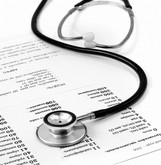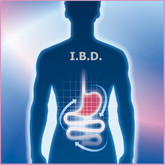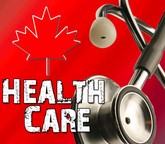Reports
Biosimilar clinical trials as confirmatory evidence
During her presentation at the European Commission’s Multi-Stakeholder Conference, which was held in Brussels, Belgium on 14 September 2018, Dr Elena Wolff-Holz discussed the importance of carrying out clinical trials with biosimilars [1].
Use of biosimilars in oncology in Europe
Dr Elena Wolff-Holz gave a presentation at the European Commission’s Multi-Stakeholder Conference, which was held in Brussels, Belgium on 14 September 2018 giving an overview of biosimilars approved in Europe to date [1].
Changing attitudes for biosimilars in gastroenterology
Professor Tibor Hlavatý, from United European Gastroenterology, which is a European umbrella organisation for gastroenterologists, gave a presentation on the current position of biosimilars in the field of gastroenterology at the fourth European Commission Stakeholder Conference on Biosimilar Medicines, which was held on 14 September 2018 in Brussels, Belgium [1].
Gulf countries discuss global harmonization of biosimilars
The regulation, approval and use of biosimilars is subject to global debate. Policies and regulations differ from country to country which can lead to confusion over biosimilars integrity. To ensure increased uptake and affordability of biosimilars, their safety and reliability needs to be assured. Worldwide, governments must adapt regulatory procedures to facilitate biosimilar market access and low prices.
Spanish pharmacists publish biosimilar position statement
The Spanish Society of Hospital Pharmacy (Sociedad Española de Farmacia Hospitalaria, SEFH) has published a position statement on the use of biosimilars [1]. The statement expresses the position of the society on the strategies to be followed concerning the processes of selecting, evaluating and implementing these types of medicines in the healthcare setting.
WHO considers cost of cancer drugs and how to increase access
The increasing prices of cancer drugs is ‘impairing the capacity of healthcare systems to provide affordable, population-wide access to cancer medicines’, according to a report issued by the World Health Organization (WHO).
International promotion and education for biosimilars
International initiatives to promote the use of biosimilars and improve their understanding is just one of the subjects investigated by a report published by the Canadian Agency for Drugs and Technologies in Health (CADTH) [1].
International prescribing incentives for biosimilars
In October 2018, the Canadian Agency for Drugs and Technologies in Health (CADTH) published a report that investigated, among other subjects, international prescribing incentives for biosimilars [1].
International supply side policies for biosimilars
A report published by the Canadian Agency for Drugs and Technologies in Health (CADTH) investigated how international supply side policies influenced the use of biosimilars [1].
International policies for interchangeability, switching and substitution of biosimilars
In its report into different international policies on the use of biosimilars, the Canadian Agency for Drugs and Technologies in Health (CADTH) investigated the issue of interchangeability, switching and substitution of biosimilars [1].












